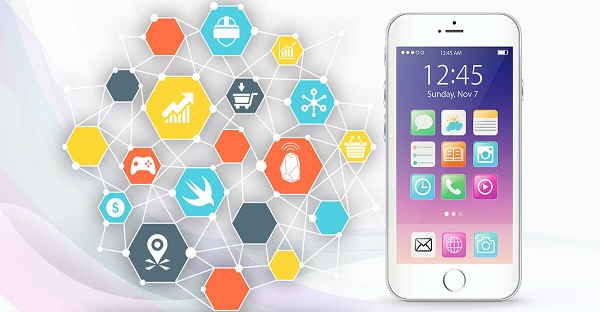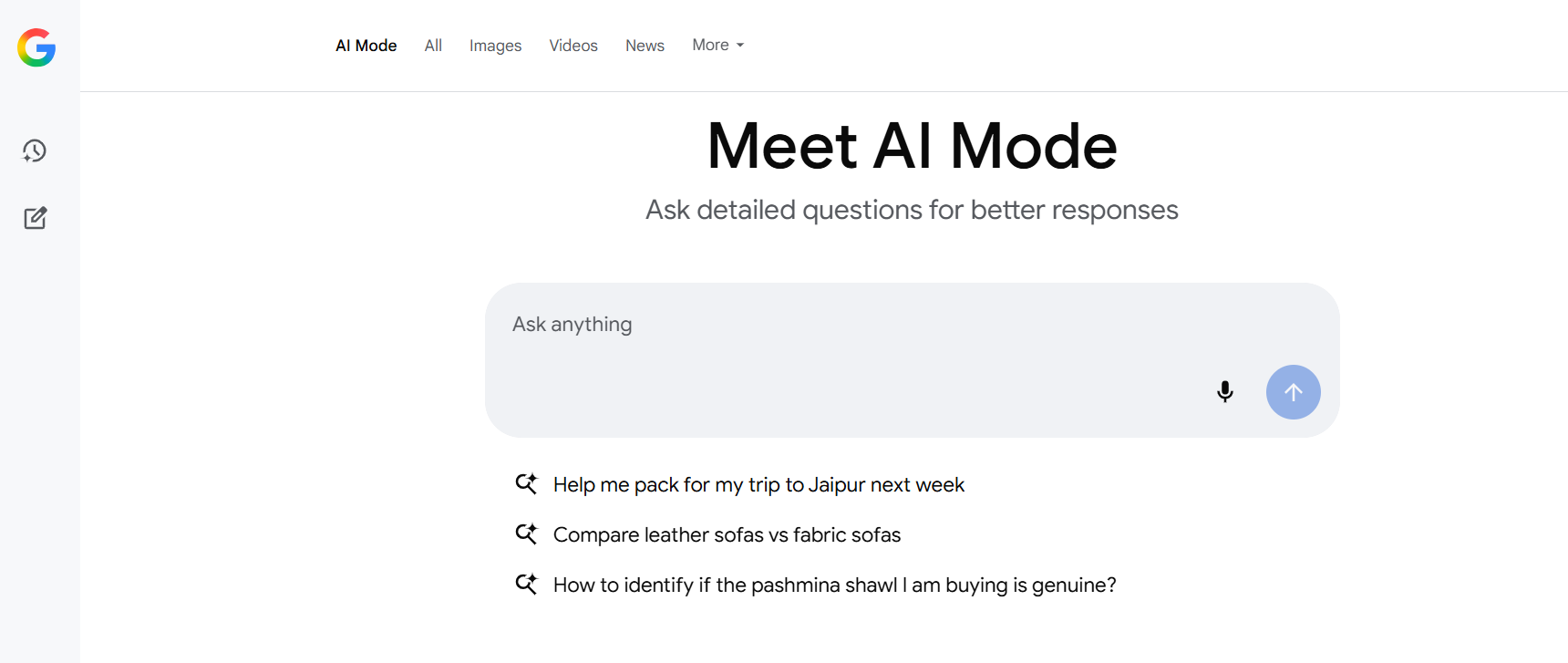Being an iOS developer is not easy in today’s world, especially when you are talking about a company’s vision that is built upon constant disruption and repeated innovation. This makes being an iOS developer an exciting as well as a challenging affair. With Apple launching something new almost every year, it can sometimes become difficult to remain abreast with the latest developments and trends. So, let us look at some of the most common challenges that you might have to face as an iOS developer.
#1- Compatibility
Being an iOS developer certainly does have some benefit in terms of application compatibility, relatively speaking, but it still poses serious challenges for developers. The standard concern you will be faced with is which version of iOS will applications support. The obvious advantage of supporting more versions is a larger audience but supporting fewer versions means less headache and lower costs.
#2- Limitations in terms of storage and memory
You might be developing a single version of iOS, however, the challenge arises when you understand that there are a number of devices that run that version, with different degrees of storage and memory. If you would look at an example of iOS games, some of them are huge in size and may require a substantial amount of memory. Your phone might just be a couple of generations old supported by the latest iOS version but might not run the game.
#3- Performance
Some of the biggest complaints that an iOS user might have, is battery consumption which reduces the performance of your phone. If you have an application that sucks up a user’s battery life, he is sure to delete it. As a developer, you need to ensure that all the apps run well in the background and don’t waste away processing capacity. This is easier said than done as there are biggies like Google who face serious challenges in optimizing their applications.
#4- Network Speed
This might not be something that concerns every developer, but if you are building an application that involves pulling content-rich media from the internet, you’ll have to be on top of mobile broadband reports. Netflix is perhaps one of the best examples to substantiate this, where they compromised on video quality in order to meet the existing data demands and patterns of their users.
#5- App Store Approval Process
There are more than a million applications in the App store and every developer has to go through the approval grind. This situation is not going to get any easier in the future. You can find many ways to avoid being rejected and there have been many apps who have been rejected for simple rule violations. The trouble about these processes is that they are constantly changing and you’ll have to stay abreast with the latest updates. This can sometimes be extremely frustrating and it’s always better to take the advice of people who have gone through this.
#6- UX design
Design is constantly evolving and so will your application have to do so. Even if you are looking at one category, you can see the varying degrees of design for that one category. The applications have evolved significantly and so has designed for these applications. You will have to decide what kind of design you need for your application, according to the latest trends in design.
#7- Apple Watch and VR
This is something that has sprung up quite recently on the development front. Developers are now being faced with questions as to how their application will respond with Apple watch. With the wearables market growing exponentially in size, this is something that iOS developers will have to take into consideration.
#8- Application Security
Application security has become one of the most pressing concerns of the technology world, especially with whistle-blowers coming out openly against the snatching of user’s data by government agencies. This is something that iOS developers will have to think about seriously, as with more sophisticated technology, standard iPhone encryption might not be enough: the point being that encryption will become an important ally of developers, as the years go by.
#9- Being loyal to iOS
If you are thinking about developing for more than one platform, it can be a major expense. If you think compatibility is the main issue for iOS, once you start on Android, the varying hardware and screen sizes will be a much bigger concern. One of the biggest advantages of being an iOS developer is that it is a well-controlled ecosystem that definitely focuses on better support for its developers. One of the problems with tying yourself with iOS is that a majority of users are on Android so you will be losing out on a large chunk of your audience.
#10- Cross Platform applications
Companies have gone beyond just looking at iOS and Android. They are now targeting Linux, MAC, Windows and everything else they can get their large hands on. The reason for this is that users love an application they can sync on to all their devices.
#11- Spreading the word
There are many platforms available that can help you promote your application. The key is not to rush in. Beta test it out completely. Work out the bugs. The idea behind this is that you might only get one chance to really promote your application so you want it to be running at optimal performance.
#12- Copying your App
The struggle is real- you make a really nice application and before you know it, there are hundreds of different variants that are set out to copy your idea. The graphics, the remote mechanics and the overall design of your application will be instantly replicated the minute your app becomes even remotely popular. There’s only one way to really avoid this and that is to keep innovating within your application, adding new features and regularly engaging with your user base.
#13- Syncing with Cloud
You need to figure out whether your app will sync with the cloud. You will need to consider app security, app compatibility, network speeds and performance before adding this. A good way to start would be to use the Amazon’s storage system which helps control costs and scale at the start.
#14- Adding a future-proof to your application
Well, if you’re lucky, then Apple will let you know in advance, what you can expect from their latest version. However, on the off-chance that might not happen, it is quite challenging to be future-proof. The best and perhaps one of the few ways to really future-proof your application is to have a solid review and development cycle. If your app loves the past too much, it’s highly likely that it will stay there.

#15- Split-Screens
If you’re a developer who is investing in an app, then you don’t have to worry about this feature that Apple has introduced. Most other applications will have to consider how their app will respond to users along-side other applications. It might not be complicated enough, but it will definitely raise some interesting insights about user experience that you might have to seriously consider.

 Web and Full Stack
Web and Full Stack CMS and Frameworks
CMS and Frameworks Online Marketing
Online Marketing Cloud Services
Cloud Services ECommerce
ECommerce Mobile
Mobile



